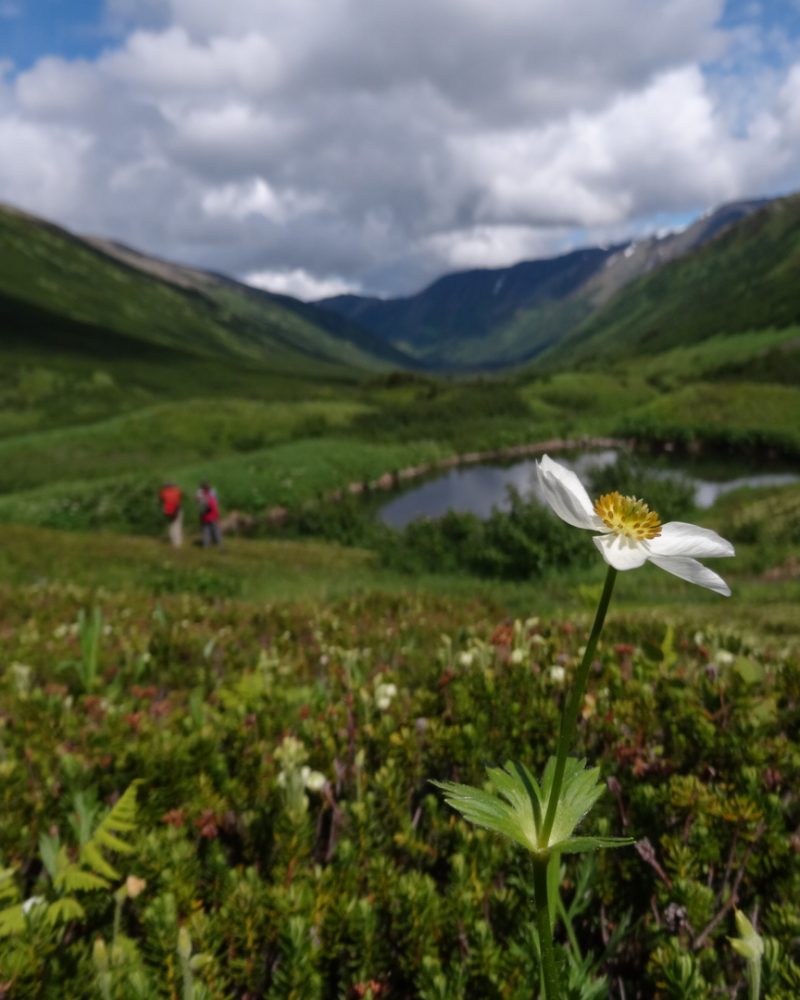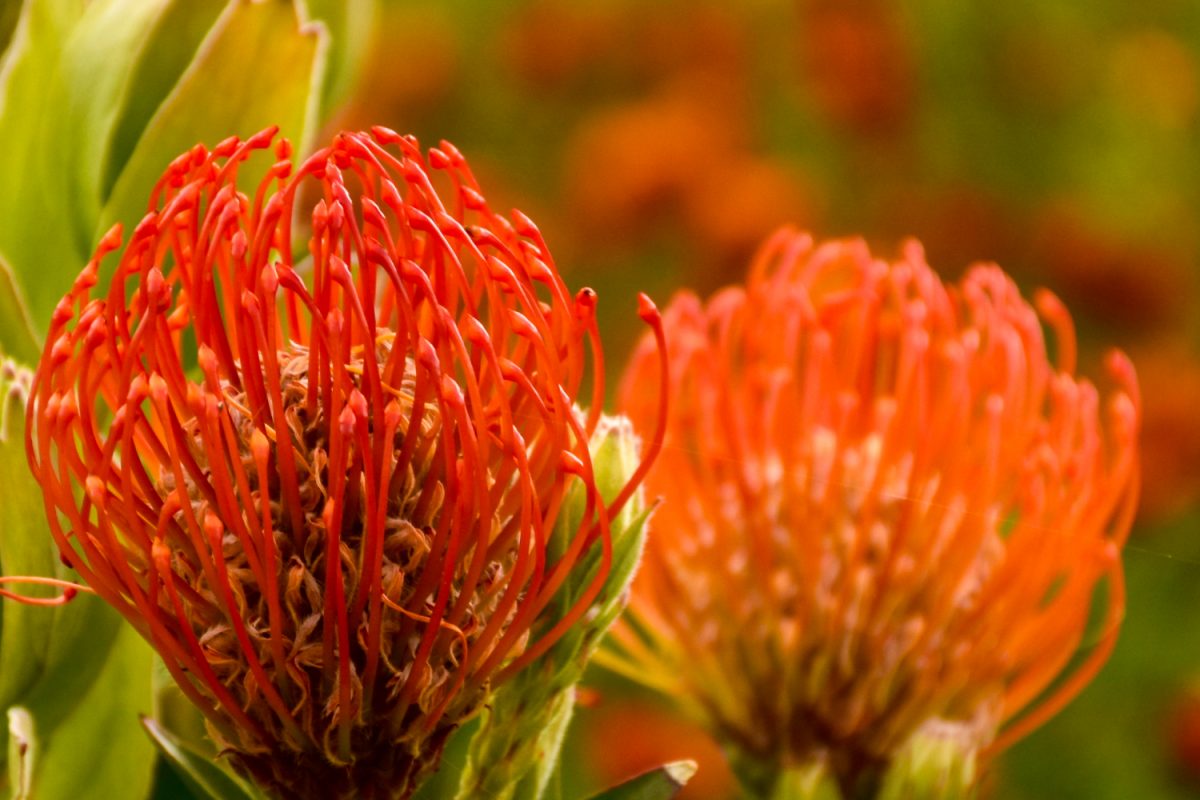State and federal agencies, regulators, funders, anyone who’s had a big idea about how to impact change knows that going from policy to action is complex. Meanwhile, program managers and implementers can tell you all about the difficulties of translating broad best practices into locally relevant action. Too often, the tools available to bridge this gap—guidance documents, trainings, and technical assistance—fall short because they don’t foster the peer-to-peer learning that drives real adoption. That’s where Communities of Practice (CoP) come in.
Think of a CoP as part support system, part strategy lab. It connects professionals facing similar challenges, allowing them to swap lessons learned in real time, troubleshoot issues, and surface innovative approaches before they’re widely known. Members access guidance, technical assistance, and professional networks—leading to tangible results and collective benefits.
Still unsure if a CoP is for you? Here’s how CoPs gather, share, and solve to turn complex challenges into on the ground action.
Gather: San Diego Multi-Benefit Stacked Incentives Learning Network
CoPs work best when connecting dispersed actors facing similar challenges or policy directives. In the San Diego Region, water quality and stormwater agencies stewarding water resources in the same area often worked in silos. That changed when a regional water supplier and stormwater agency joined forces and funds to create a first-of-its-kind stacked incentives partnership. The Waterscape Rebate Program, a partnership between the County of San Diego’s Watershed Protection Program and the San Diego County Water Authority, helps to accelerate turf replacement and rainwater capture, advancing compliance with state water supply and quality mandates.
Inspired by their success, 21 stormwater agencies and 24 water agencies gathered to form a CoP to build a shared vision for a regional partnership that could lead to greater impact for water supply and water quality. Through the CoP the disparate agencies, which often worked within the same organization but rarely interacted, discovered mutual objectives and overlapping program and compliance needs spanning water supply and water quality.
In just four meetings the San Diego Multi-Benefit Stacked Incentives Learning Network achieved consistent engagement from more than half the region’s water resource agencies, secured state grant funding through a joint application effort, created a Blueprint for developing future partnerships, and spurred new local supply-stormwater partnerships around community engagement.
Share: Multibenefit Land Repurposing Program CoP
CoPs provide structured frameworks for professionals to connect, share experiences, and access targeted advice that fit their context. Think of fixing a leaking faucet: you could search online and get thousands of instructions, none quite right for your tools or skill level. Or a neighbor who fixed their faucet with the same tools can come over and show you exactly how to do it. That’s the power of a CoP.
California’s communities are grappling with the state’s uncertain groundwater future and the drive to comply with the Sustainable Groundwater Management Act (SGMA). The Multibenefit Land Repurposing (MLRP), administered by the Department of Conservation (DOC), funds regional grant teams to repurpose the least-viable irrigated agricultural land for groundwater sustainability, supporting progress toward SGMA goals while creating additional benefits. DOC works with EI and its partners to facilitate collaboration and learning across 100+ MLRP CoP members, the regional teams comprised of groundwater sustainability agencies (GSAs), irrigation districts, city and county agencies, land trusts, and social and environmental nonprofits.
Rather than working in isolation, MLRP CoP members leverage peer assist sessions to collaborate on what works and what doesn’t in the new space of multibenefit land repurposing. Through case studies, field visits, and expert-led discussions, members build confidence and gain insights that help them avoid common implementation pitfalls. Through these connections, MLRP CoP members have been able to more effectively implement their grants, leading to the development of rigorous project review processes and inclusive outreach and engagement efforts, and resulted in funding approval for six land repurposing projects. Thanks to the processes developed with support from CoP peers, these projects feature a wide range of long-lasting benefits, including Tribal access, recreational opportunities, local economic benefits, and benefits to wildlife, and the projects were realized that much faster having received template and example materials (e.g., outreach surveys) through the MLRP CoP.
Solve: Washington State CBP3 Learning Network
Like any network, the power of a CoP is not just the individual skills building, but in the collective sum of its parts. The network elevates uncovered challenges, disseminates best practices, and catalyzes effective strategy development based on current on the ground experience. It’s a rapid test lab that can power results and better policy.
In Washington State, the Department of Ecology (Ecology) sought to advance community-based public-private partnerships (CBP3s) and performance-based contracting for stormwater projects to accelerate the implementation of stormwater projects, help municipalities achieve their permit requirements, and activate a state directive to leverage approaches that engage the private sector. Meanwhile, local governments faced challenges in moving their projects from concept to implementation given limited budgets and the need to balance local priorities. Ecology worked with EI and its partners to develop the CBP3 CoP to encourage the development of CBP3s, support local governments pursuing funding for innovative stormwater projects, and ensure Department funded projects are effective.
Many CBP3 CoP members were unfamiliar with CBP3s and performance-based contracting, but with technical assistance (one-on-one brainstorming and workshopping calls, technical memos to develop community-based stormwater project ideas, and support developing scopes of work and budgets), expert workshops, and one-on-one guidance, they identified challenges, tested solutions, and developed best practices informed by community engagement. In 2025, after accessing technical expertise and driving innovation together, six of the CoP received grant funding from Ecology for their projects.
Tackling Complex Problems Together
In a world full of complex and evolving challenges, CoPs offer a way to connect practitioners, surface innovative solutions, and turn shared knowledge into meaningful action. Whether you’re looking to strengthen regional collaboration, adapt best practices to local conditions, or navigate new opportunities, the right CoP can help transform ideas into impact.
Lead photo of Logan Robertson-Huecker and Rogell Rogers, members of the MLRP Community of Practice, taken by Molly Daniels.



